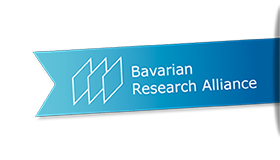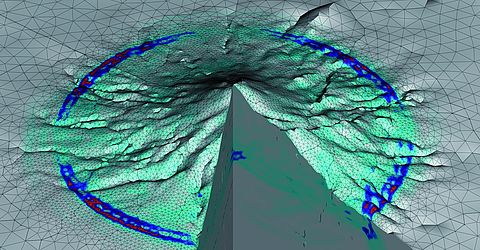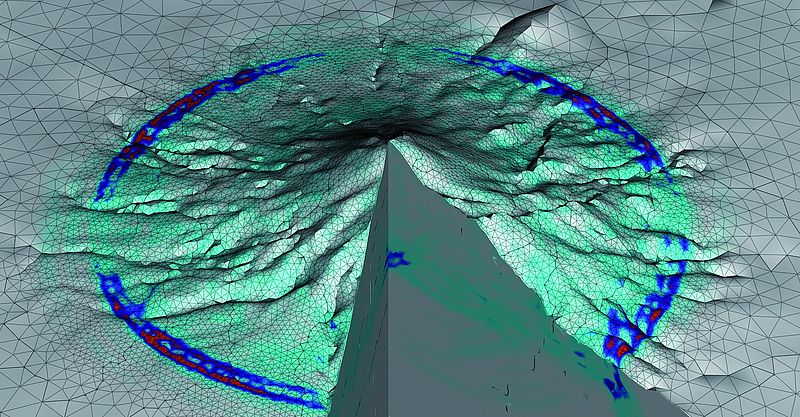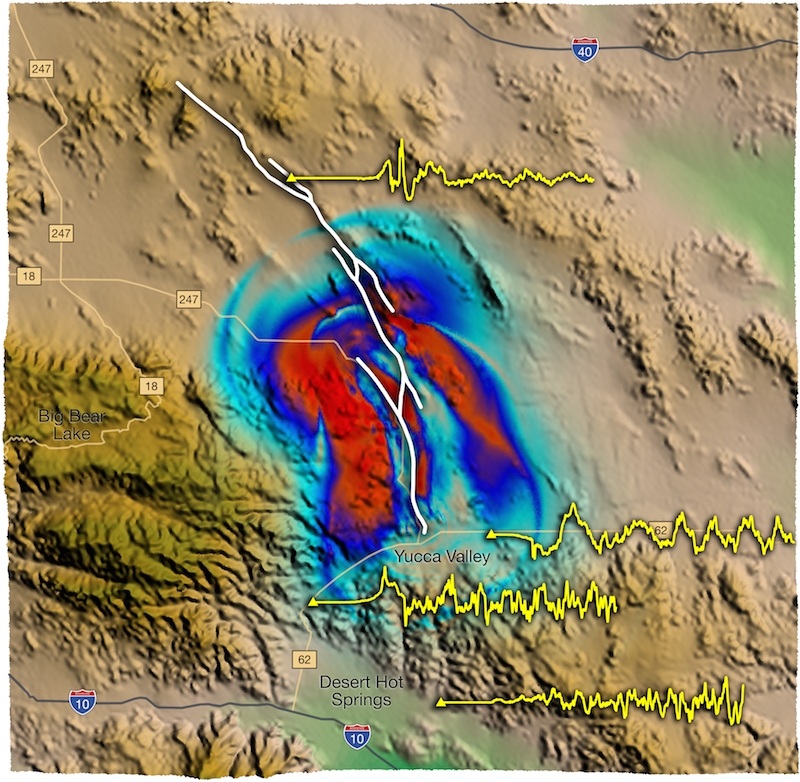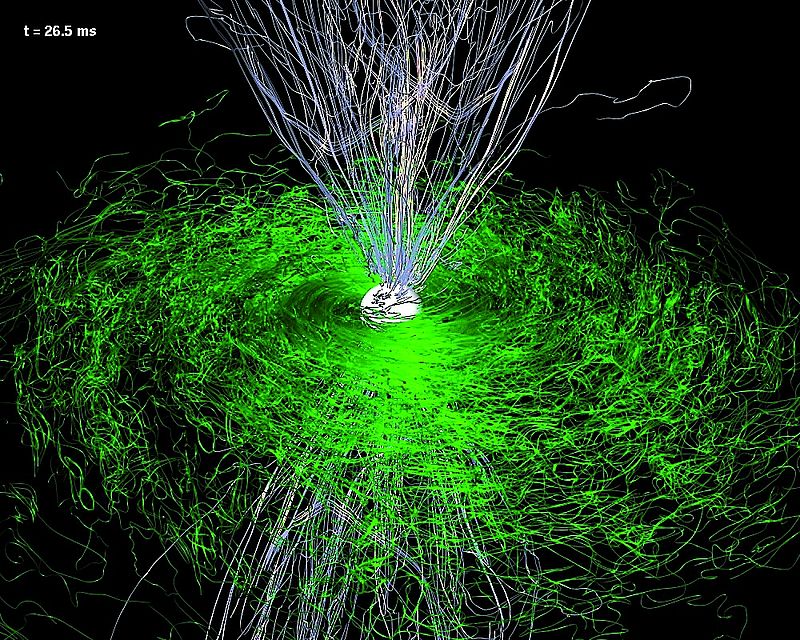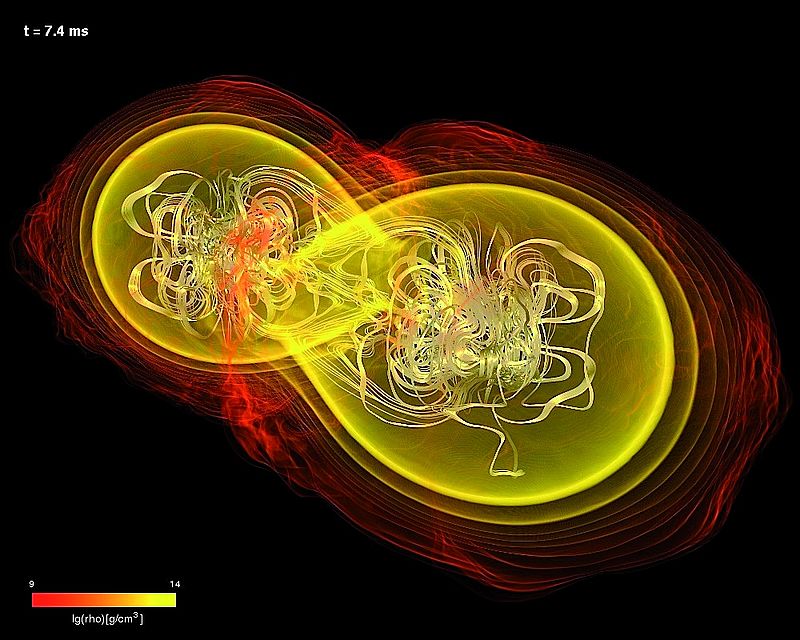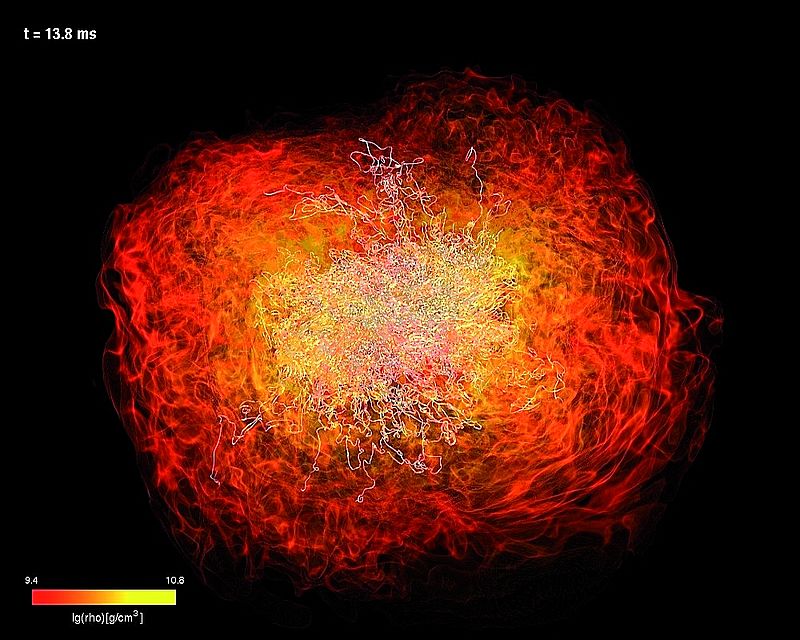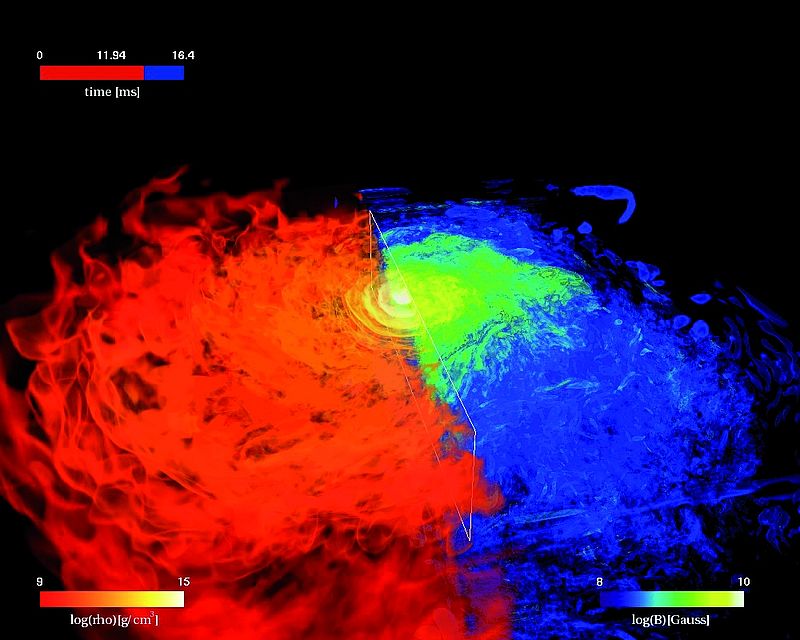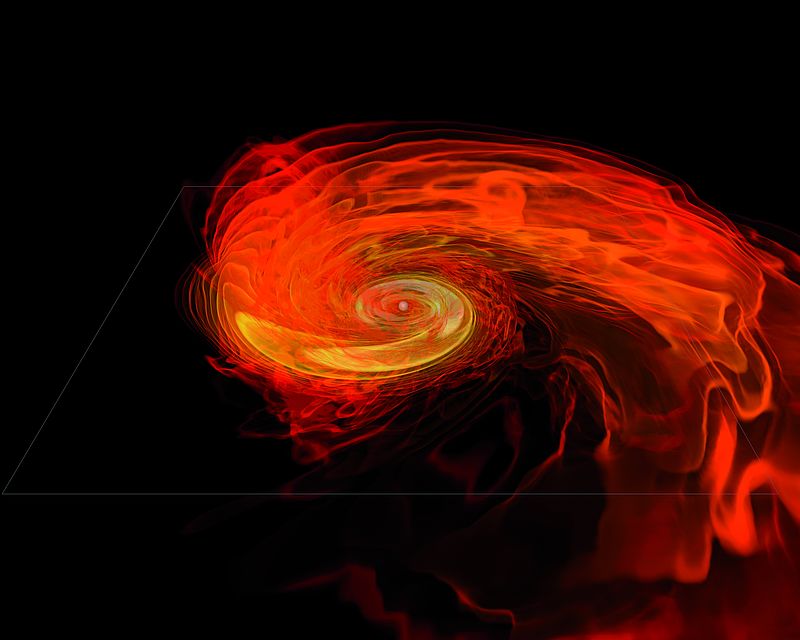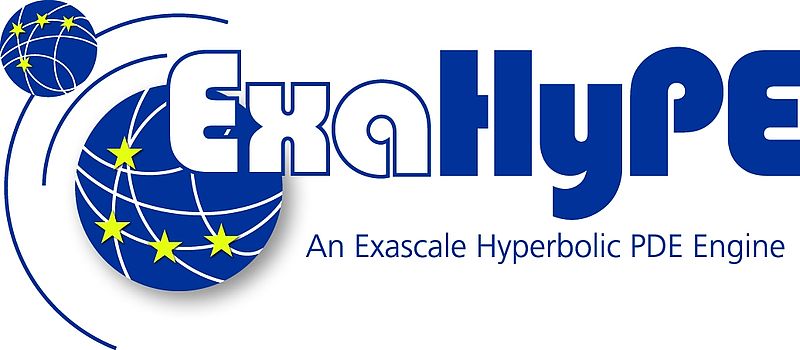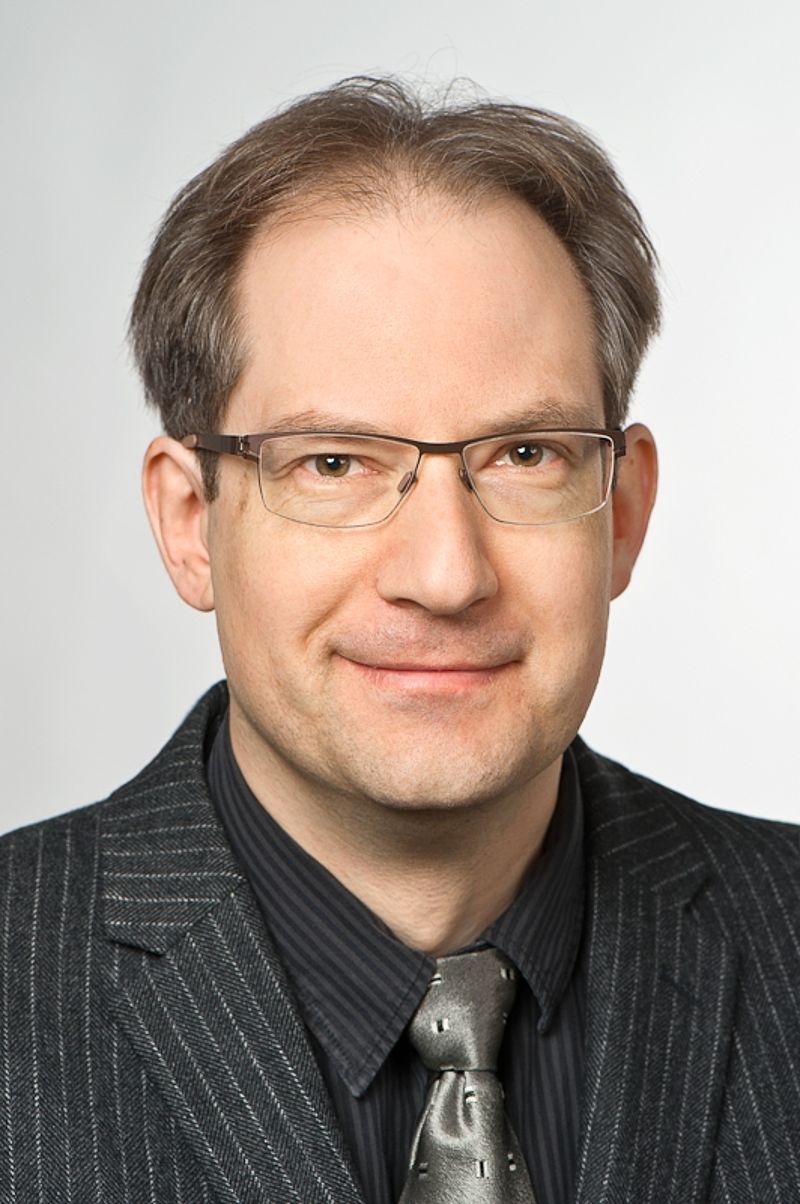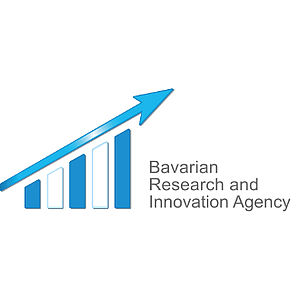
The supercomputers of tomorrow need new software to perform a billion billion computer operations per second
28.10.2015
The supercomputers of tomorrow need new software to perform a billion billion computer operations per second
Simulated propagation of seismic waves in the stratovolcano Mount Merapi
28.10.2015
The supercomputers of tomorrow need new software to perform a billion billion computer operations per second
Ground shaking obtained from a petascale simulation of the 1992 Landers Earthquake
28.10.2015
The supercomputers of tomorrow need new software to perform a billion billion computer operations per second
Magnetic field lines after the hypermassive star collapses to a black hole
28.10.2015
The supercomputers of tomorrow need new software to perform a billion billion computer operations per second
Merger of two magnetized neutron stars
28.10.2015
The supercomputers of tomorrow need new software to perform a billion billion computer operations per second
Hypermassive neutron star produced by the merger of two magnetized neutron stars
28.10.2015
The supercomputers of tomorrow need new software to perform a billion billion computer operations per second
Density (red) and magnetic field strength (blue) of a hypermassive neutron star produced by the merger of two magnetized neutron stars
28.10.2015
The supercomputers of tomorrow need new software to perform a billion billion computer operations per second
Black-hole torus system produced by the merger of two neutron stars of unequal mass
28.10.2015
The supercomputers of tomorrow need new software to perform a billion billion computer operations per second
Logo ExaHyPE (4C)
28.10.2015
The supercomputers of tomorrow need new software to perform a billion billion computer operations per second
ExaHyPE coordinator Prof. Dr. Michael Bader
Informatics Department, Technische Universität München
Munich - A billion billion, i.e. 1018 computer operations per second (1 exaflop/s) is the level of performance that the next generation of supercomputers should be able to deliver. However, programming such supercomputers is a challenge. In October 2015, the European Commission began funding "ExaHyPE", an international project coordinated at the Technische Universität München (TUM), which seeks to establish the algorithmic foundations for exascale supercomputers in the next four years. The aim is to develop novel software, initially for simulations in geophysics and astrophysics, which will be published as open-source software for further use. The grant totals EUR 2.8 million.
Computer-based simulations drive progress in the field of science. In addition to theory and experiments, simulations have long since been crucial for acquiring knowledge and insight. Supercomputers allow for the computation of increasingly complex and precise models. The EU ExaHyPE ("An Exascale Hyperbolic PDE Engine") project has an interdisciplinary team of researchers from seven institutions in Germany, Italy, the United Kingdom, and Russia, and integrates well into Europe's strategy for developing an exascale-class supercomputer by 2020. In order to be able to leverage the incredible processing power of exascale systems for correspondingly comprehensive simulation tasks, the entire supercomputing infrastructure, including the software, must be prepared for such systems.
Powerful, flexible and energy-efficient
Supercomputing of the future poses immense challenges for the ExaHyPE researchers. Currently, the biggest obstacle for achieving exascale computing is energy consumption. Today, the world's fastest supercomputers – Tianhe-2 (China), Titan (US), Sequoia (US) and the K Computer (Japan) – operate in the petaflop/s range (1015 computer operations per second) and require between 8 and 18 megawatts (source: www.top500.org), with the energy costs amounting to about US$ 1 million per megawatt and year. "Based on current technologies, an exascale computer with a demand of close to 70 megawatts would represent both a financial and an infrastructural challenge," explains ExaHyPE coordinator Professor Michael Bader of TUM. "That is why simulation software developed as part of the ExaHyPE project will be consistently designed for the requirements of future energy-efficient hardware."
On the hardware side, an extreme parallelization is to be expected. "By 2020 supercomputers will encompass hundreds of millions processor cores," Bader adds. "At the same time, the hardware – which is pushed to its physical limits to achieve the further increase in performance and still must run as energy efficiently as possible – will increasingly tend to be plagued with interruptions and fluctuating performance curves. ExaHyPE will consequently examine the dynamic distribution of computer operations to processor cores – even if these fail while performing calculations."
Another objective is to reduce the internal-hardware communication simultaneously with the parallelization. Each data transfer is implemented at the expense of energy consumption. In ten years, supercomputers will be able to run calculations 1000 times faster than today. However, memory access time will fail to evolve at the same rate. The used algorithms should be inherently memory-efficient and require as little data transfer as possible to ensure fast, energy-efficient computer operations.
In order to take full advantage of the smallest possible amount of memory, the consortium is developing new scalable algorithms, which dynamically increase the resolution of simulations, i.e. the implemented numerical observation points, wherever the computer simulation needs – and only there. As a result, scientists will be able to limit the necessary computer operations to a minimum while simultaneously achieving the greatest possible accuracy for the simulation.
Two application scenarios: Earthquakes and gamma ray explosions
The ExaHyPE researchers will prepare the new algorithms based on two application scenarios taken from geophysics (earthquakes) and astrophysics (gamma ray explosions). Earthquakes cannot be predicted. However, simulations carried out on exascale supercomputers could help us to better assess the risk of aftershocks. Regional earthquake simulations promise to provide a better understanding of what takes place during large-scale earthquakes and their aftershocks. In the field of astrophysics, ExaHyPE systems will simulate orbiting neutron stars which are merging. Such systems are not only suspected of being the greatest source of gravitational waves but could also be the cause of "gamma ray explosions". Exascale simulations should allow us to study these long-standing mysteries of astrophysics and see them in a new light.
In spite of the two precisely defined areas of application, the researchers want to keep the new algorithms as general as possible so that they may also be used in other disciplines after making corresponding adaptations. Examples could include the simulation of climate and weather phenomena, the complex flow and combustion processes in engineering sciences, or even the forecasting of natural catastrophes like tsunamis or floods. "Our objective is to ensure that medium-size, interdisciplinary research teams are able to adapt the simulation software for their specific purposes within a year of its release," Bader says. To guarantee a rapid dissemination of the new technology, the consortium will release it as open source software.
Comprehensive expertise through international, interdisciplinary cooperation
The ExaHyPE project objectives call for an intensive cooperation of experts across many disciplines and country borders. On the German side, the consortium includes the Technische Universität München (Prof. Dr. Michael Bader, Informatics Department, High Performance Computing), the Frankfurt Institute for Advanced Studies (Prof. Dr. Luciano Rezzolla, Institute for Theoretical Physics, Goethe Universität Frankfurt), the Ludwig-Maximilians-Universität München (Dr. Alice-Agnes Gabriel and Prof. Dr. Heiner Igel, Department of Earth and Environmental Sciences), and the Bavarian Research Alliance (Dipl.-Ing. Robert Iberl, Unit for Information & Communication Technologies). Italy is represented by Università degli Studi di Trento (Prof. Dr. Michael Dumbser, Dipartimento di Ingegneria Civile Ambientale e Meccanica) and the United Kingdom by Durham University (Dr. Tobias Weinzierl, School of Engineering and Computing Sciences). The consortium is supplemented by the Russian supercomputer vendor ZAO RSC Technologies (Alexander Moskovsky, CEO).
About the Bavarian Research Alliance (BayFOR)
The Bavarian Research Alliance GmbH provided the ExaHyPE consortium with extensive support during the application phase and assisted in the drafting of the contract with the European Commission. In the current project, BayFOR will assume responsibility for project management and the dissemination of scientific results. BayFOR is an organization whose purpose is to promote Bavaria as a centre for science and innovation within the European Research Area. It supports and advises Bavarian scientists and stakeholders from the private sector on European research, development and innovation funds. The focus is directed at the Framework Programme for Research and Innovation "Horizon 2020". As a partner in the network for SMEs "Enterprise Europe Network" (EEN), BayFOR provides specific advice for SMEs which are interested in EU research and innovation projects. BayFOR is a partner institution in the Bavarian "Haus der Forschung" (www.hausderforschung.bayern.de/en) and is supported by the Bavarian State Ministry of Education, Science and the Arts. For further information please visit www.bayfor.org/english.
Project website
www.exahype.eu
Contact
Contact person:
Dr. Tobias Weinzierl
School of Engineering and Computing Sciences
Durham University
E-mail: tobias.weinzierl@no-spam-pleasedurham.ac.uk
Bavarian Research Alliance:
Emmanuelle Rouard
Head of Public Relations
Phone: +49 (0)89 9901888-111
E-mail: rouard@no-spam-pleasebayfor.org



